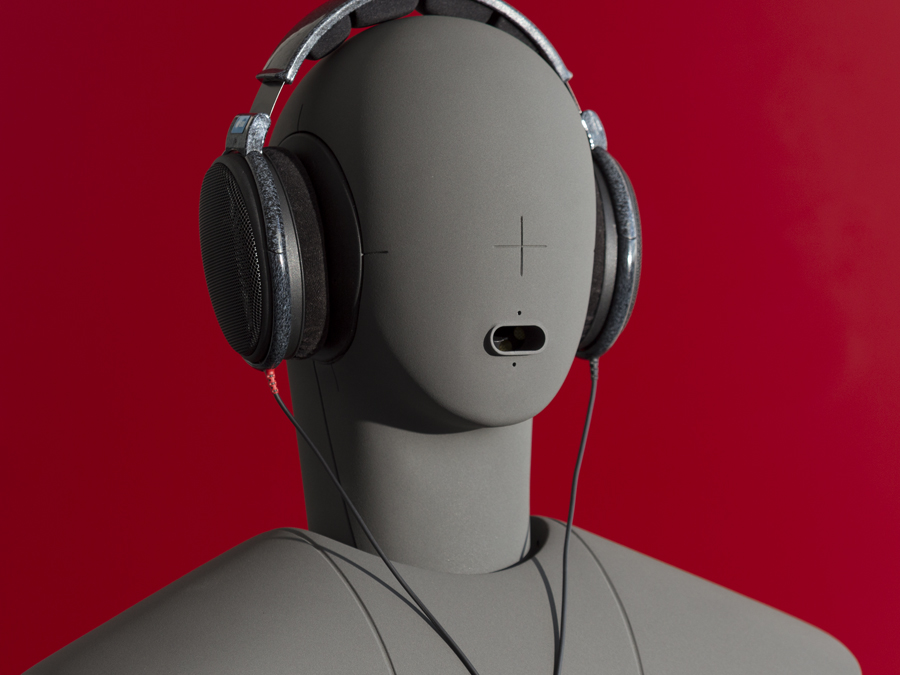BCCN Munich celebrates 10th anniversary and looks toward the future
Brain research meets technology, with a focus on hearing

One area of intense focus, for example, is hearing loss, which contributes to social isolation and a host of other problems in our aging society. To make solutions such as cochlear implants and hearing aids more effective, scientists are studying the entire chain from acoustics and sensing to neural information processing and perception.
"Like other important initiatives that enable us to address the grand societal challenges," says TUM President Wolfgang A. Herrmann, "the Bernstein Center pools core competences of TUM – ranging in this case from computer vision to human hearing, and from neural prostheses to human-robot interaction. Moreover, it connects TUM expertise with other leading institutions in the Munich area and beyond."
National network, regional strengths
BCCN Munich is part of a nation-wide network initiated by the German Federal Ministry of Education and Research (BMBF). Launched in 2004 with an initial investment of 35 million euros, the Bernstein Network has grown to 250 groups at 30 locations with accumulated funding of 180 million euros.
To date, nine TUM professors have been active in BCCN Munich. Three of these – Werner Hemmert, Bernhard Seeber, and Bernhard Wolfrum – are Bernstein Professors hired with support from the BMBF. All three are members of TUM's Department of Electrical and Computer Engineering.
"For me, the Munich Bernstein Center is the bridge to the medical department and the biologists," says Prof. Werner Hemmert, whose research and teaching are focused on bio-inspired information processing. From them, Hemmert explains, his group can acquire data from patients with cochlear implants and physiological recordings in animals to evaluate models of auditory processing in the brain. "In turn, we develop instruments that they need, such as sensitive amplifiers or current sources for electrical stimulation." One project, involving close collaboration between experts from biology, medicine, and electrical engineering, aims to improve binaural hearing for people with cochlear implants.
This ability to address neuroscientific questions with an interdisciplinary approach is the greatest strength of BCCN Munich, according to Prof. Bernhard Wolfrum. His focus is on neuroelectronics. "The complementary backgrounds of the participating partners make it possible to carry out joint projects that span aspects of modeling and device engineering as well as both in vivo and in vitro experiments," Wolfrum says. "My own research on bioelectronic interfaces profits greatly from the interactions with experts in life science, which drive developments for future on-chip neuroscience applications."
Virtual reality for real-world solutions
Prof. Bernhard Seeber, who investigates the impact of hearing impairment on auditory perception and audio information-processing approaches to improve hearing devices, also cites mutual advantages gained through cooperation with scientists who approach neuroscience from different angles. This comes into play, for example, in modeling the electric stimulation of the auditory system with cochlear implants, in testing patients with hearing impairment, and in the use of acoustic virtual reality for research on hearing and hearing devices.
TUM and LMU are launching a collaboration to establish and refine a virtual reality infrastructure. Both the new lab hosted in the state-of-the-art anechoic chamber under construction at TUM and the BCCN virtual reality facility in Martinsried will use advanced in-house software to simulate realistic acoustic environments and reproduce them over loudspeakers. "We hope this will further the collaboration and exchange of data and experiments among Bernstein Center members," Seeber says.
Further information:
www.bccn-munich.de
www.bccn-munich.de/talks-events/anniversary10
Technical University of Munich
Corporate Communications Center
- Patrick Regan
- patrick.regan@tum.de
- presse@tum.de
- Teamwebsite